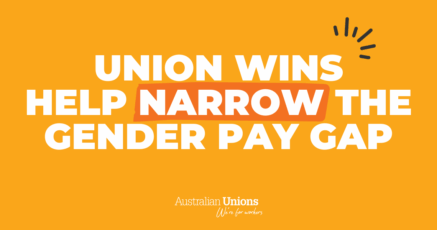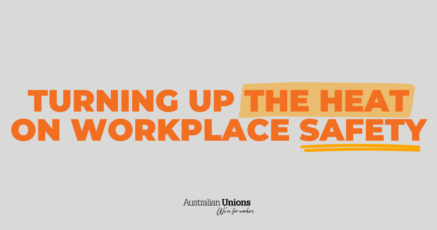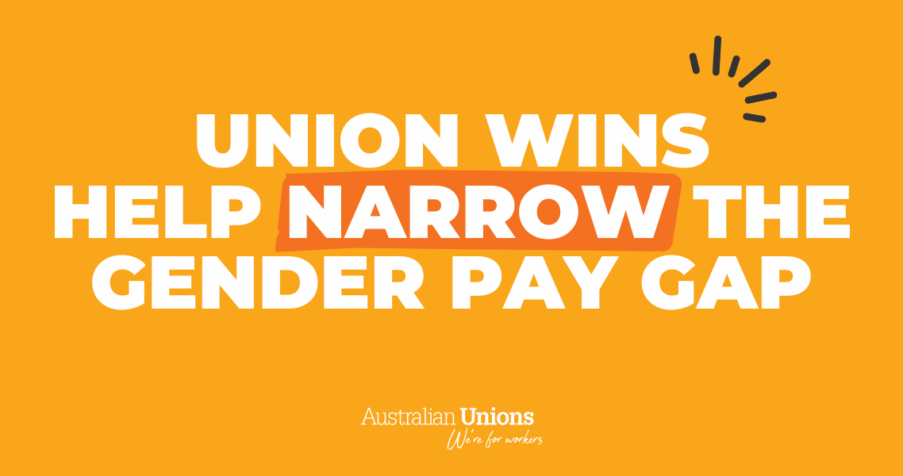On Thursday and Friday of this week, unions and the workers they represent will descend on Canberra for the Jobs and Skills Summit.
Unions are coming to the table alongside employer groups, government and community organisations with the expectation that the Summit will provide an opportunity to, among other things, simplify an IR system that doesn’t adequately serve the modern workforce.
This will include overhauling the bargaining system which, in its current iteration, only serves about 14% workers and – as businesses and unions actually agree – is endlessly complicated.
The current bargaining system was conceived 30+ years ago when the workforce, the economy, and Australia in general, was incredibly different.
Back then, a greater number of Australians worked for large employers. These days there are significantly more small- to medium-sized employers with way fewer workers per workplace.
The oft-used example to illustrate the issue with the current bargaining system, is the small childcare centre that has a handful of employees. With so few of them to band together and approach management to ask for a pay rise – especially in low paid and often insecure industries like childcare – there is very little, if any, bargaining power.
Multi-employer or -sector bargaining would allow workers from across an industry or sector to take industrial action together with the purpose of achieving a better outcome for all.
So the state of affairs is that:
- The current bargaining system is complicated – something unions and employer groups agree on.
- Workers’ real wages are falling at the fastest pace in at least 25 years.
- Wage growth is not even remotely keeping up with the rising cost of living; inflation is at a thirty year high of 6.1%.
It is important to remember that the steady decline in enterprise bargaining is one of several factors contributing to this stagnation of wages.
This is the ugly outcome of a decade of successive Coalition governments, who admitted that low paid work was a design feature built into their economic plan.
It is also worth noting that leader of the opposition Peter Dutton declined his invitation to the summit and labelled it a “stunt” – a clear indication of where he stands on the issue of making Australia’s workplace laws more accessible and equitable.
We have also seen an increase in insecure types of work like casual work, labour hire and gig economy jobs (which has, cruelly, suppressed bargaining power even more. How can you feel empowered to approach your boss for a raise when your job could be terminated by a tech giant from the other side of the world?)
The industries that are often excluded from the current bargaining system frequently underpaid, undervalued and insecure. They’re primarily female workforces – service industry jobs such as aged care, disability support services, childcare, and retail.
Australia has toppled from 15th to 43rd in the Gender Gap Index between 2006 and 2022. There is no better time to radically change a system that is failing all working Australians, especially working Australian women.
What is the point of record low unemployment and record high profits and productivity if working Australians can’t get their fair share? It is not unreasonable nor is it unfair to believe that working Australians should be able to afford the basics without sending themselves broke every week.
THE BULLETIN
Join us as we delve behind the headlines and see what really matters for young workers.






SHARE:
Workers deserve easy access to the bargaining system